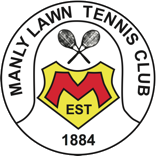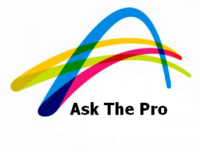
TENNIS WHISPERER NOTES
Refresher notes from clinics and lessons. Latest revision: 1 April 2023 Contact Rob
In 1933, Mercer Beasley wrote a book titled “How to Play Tennis.” Beasley was the coach of the tennis legends of his time, including Vines, Austin, and Parker. In his book, Beasley outlined the three greatest tennis tips of all time: 1) Keep your eye on the ball, 2) Get your racket back as quickly as possible, and 3) Move your feet!
Although there have been advancements in racket technology, court surfaces, and shot selection, the fundamentals of the game have remained unchanged. Our Whisperer Notes provide a timeless reference for these three tips. We hope you enjoy reading them, and please feel free to share any questions or comments you may have. Most importantly, enjoy the game, as it is a great sport for all ages.
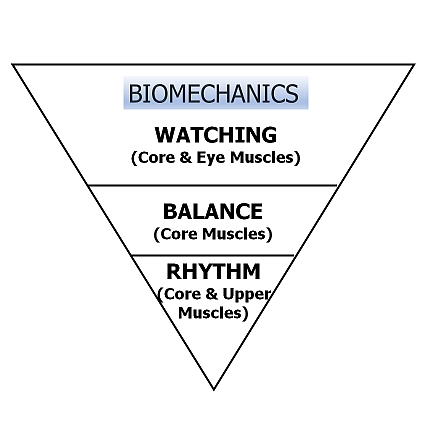
BALL WATCHING: FOREMOST OF THE THREE KEY ELEMENTS
When it comes to tennis, watching the ball is CRITICAL to avoid making errors. In fact, a whopping 90% of all errors are a result of not keeping your eye on the ball. This applies to players at any level, from beginners to pros.
Most players have a dominant eye that leads to shot preferences. Most players are cross-dominant, meaning that their dominant eye is opposite to their dominant hand. This typically results in a stronger forehand and a weaker backhand.
To counteract the effect of eye dominance, players should adjust their position to get both eyes on the ball. This means getting behind the ball and positioning themselves at right angles to the ball’s direction, especially when returning serves and volleys. It’s important to move the eyes, not the head, while watching the ball to avoid losing time in shot preparation, which can be fatal for volleys.
To improve ball watching, players should focus on the seams of the ball rather than staring at it. Staring at the ball can cause mistiming, as the focal length is triangulated to a single point, and the ball may not be in the field of vision. Instead, players should use “soft eyes” and gaze at the seams of the ball to prevent staring through the ball, which can cause errors. By following these tips, players can improve their ball watching and reduce errors in their game, regardless of their skill level.
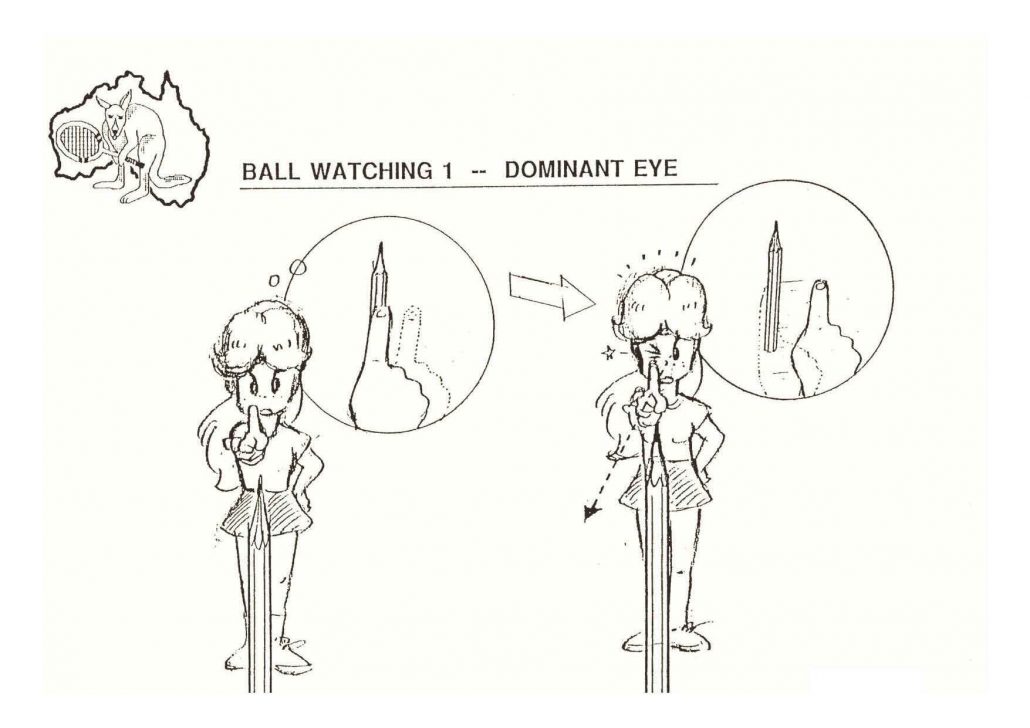
Leading to Shot Preference (typically forehand)
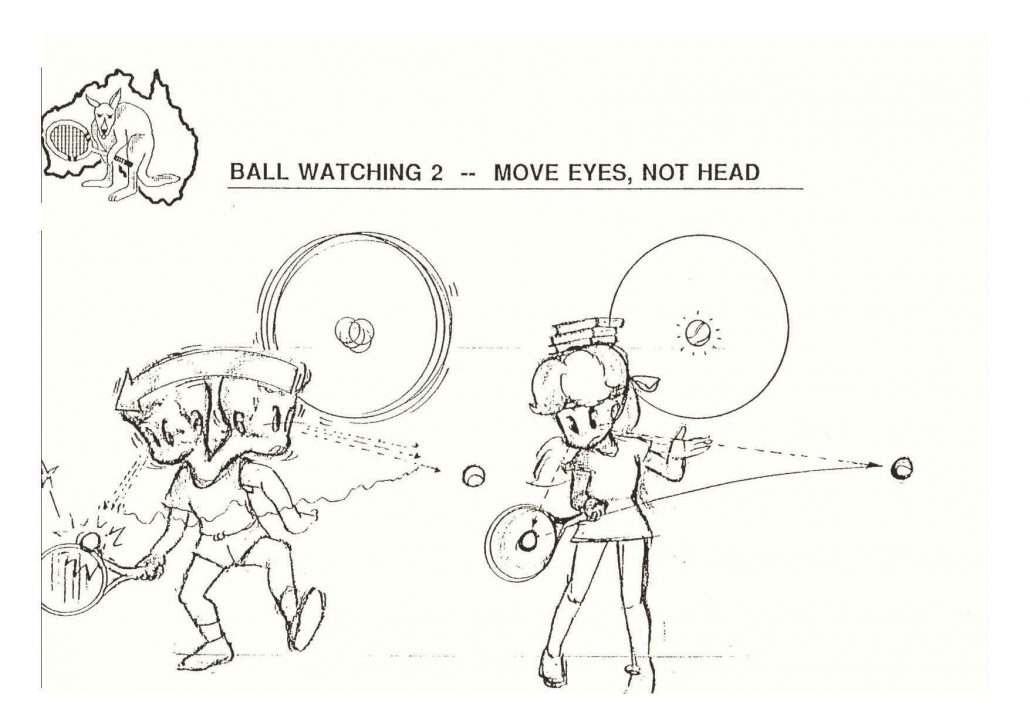
BALANCE: SECOND KEY ELEMENT
The natural ready position involves simply balancing the racket across the body. This position changes every day because the our muscles and tendons change under use.
When preparing to hit the ball, it’s important to move the racket before moving the foot, especially when returning big serves, as there may not be enough time to step into the ball.
In addition to racket position, the relative height of the ball in relation to the body is also important. Players generally prefer the ball to be at waist height and moving forward towards the bounce of the ball. I call this your ‘Happy Position’. Good balance is essential to ensuring full body weight transference into the shot; this is referred as hitting a ‘heavy ball’.
For serving, balance is the key element. It’s important to keep the weight on the back foot while tossing the ball and then shifting the weight up and into ball to generate maximum power. By maintaining good balance and transferring weight effectively, players can improve their game and achieve better results on the court.
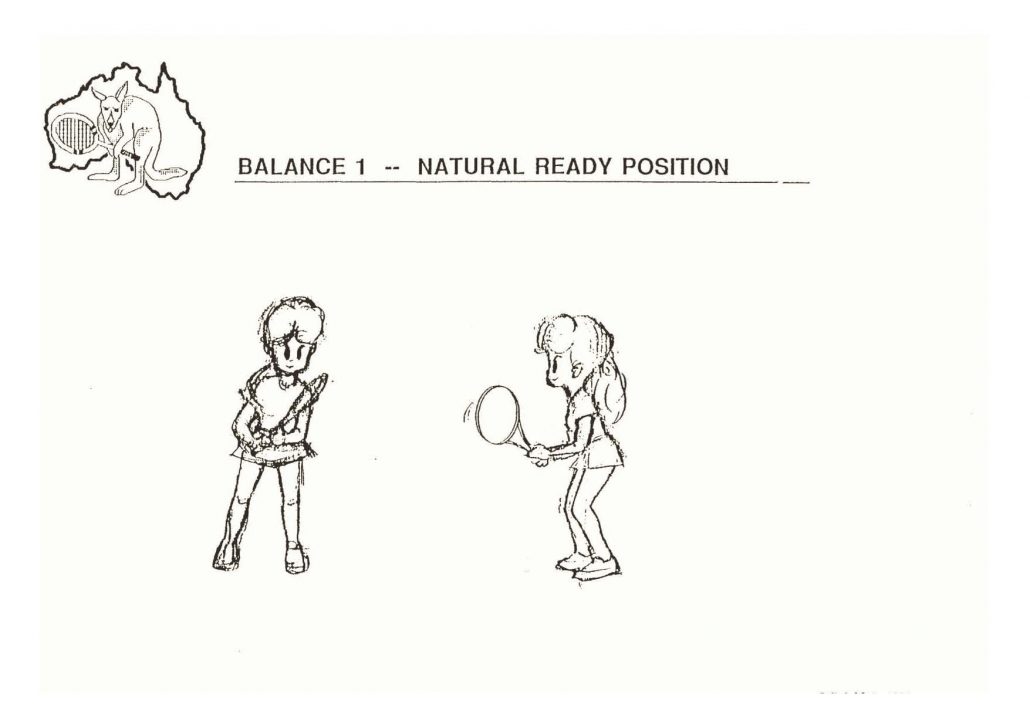
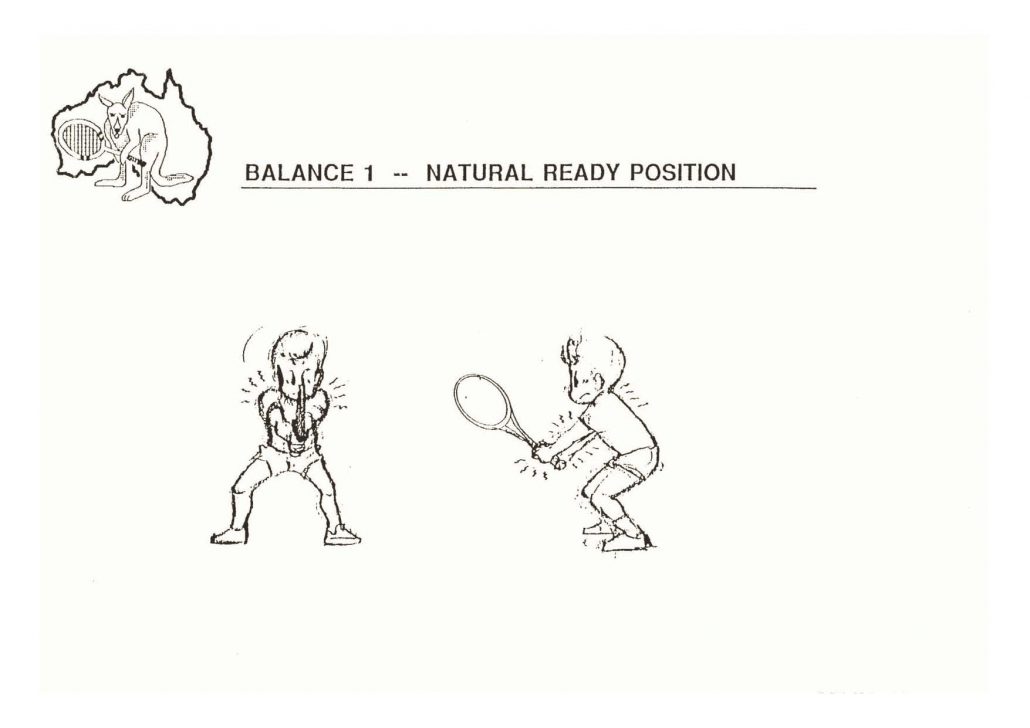
RHYTHM: THIRD KEY ELEMENT
Rhythm plays a crucial role in ensuring that the body weight is effectively transferred into the shot. The weight of a tennis racket typically ranges from 250 to 320 grams, and the goal is to transfer the weight of the body (in kilograms) into the ball.
To avoid getting tennis elbow, players should avoid fast arm-only swings and instead focus on achieving the right rhythm and transferring their body weight into the shot.
The effect of racket head speed varies depending on the shot being played. For ground strokes, a smooth, one-speed swing is generally recommended. For the service, two speeds are ideal. When it comes to volleys, players should accelerate the racket head speed to effectively catch the ball.
The speed of the ball also plays a significant role in tennis. Faster balls are easier to hit due to the relative angle of the ball bounce from the court, while slower balls require more precise timing and early preparation. High bouncing balls, particularly lobs above shoulder height, are the most challenging to return for the typical club player.
Other factors that affect a player’s performance on the court include the court surface, ball type, and playing conditions. Proper racket stringing also plays a role in mitigating tennis elbow. By taking these factors into account and focusing on rhythm, weight transfer, and shot technique, players can improve their game and reduce their risk of injury.
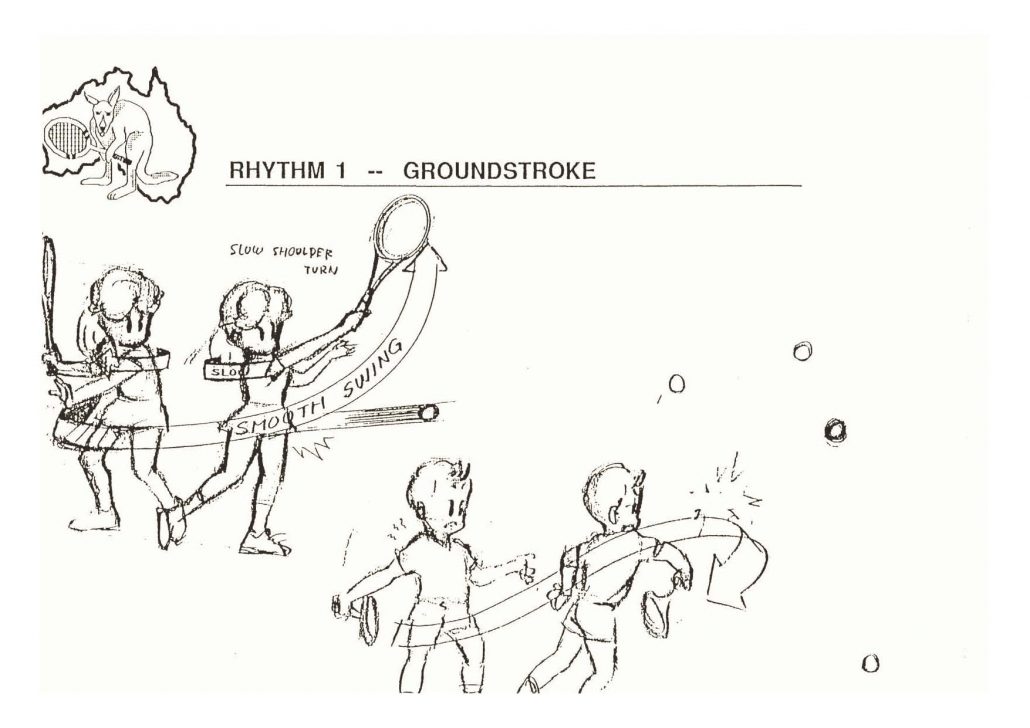
SERVING ESSENTIALS
The serve is widely regarded as the most difficult shot in tennis and the only one where players get two attempts. It requires the coordination of the entire body to maintain balance and rhythm, making it essential to take advantage of the time to set up to control the serve, and hence the point.
Before serving, players should bounce the ball a minimum of three times to establish their serving stance and maintain balance for a consistent ball toss. The ball toss is typically in line with the player’s right shoulder for right-handers (1 o’clock) and left shoulder for lefties (11 o’clock). This may change for the more advanced player seeking to hit a kick or slice serve. It is important to take advantage of the time between bounces to set up the serving toss.
For the actual hit, the average player typically uses a two-speed motion, with a slower “school zone” for a consistent ball toss and a faster motion to accommodate a higher or lower toss. To ensure a smooth weight transfer, players should use a soft grip that is similar to throwing a ball, avoiding the temptation to lock the wrist. There’s additional variations of serve used by the pros.
By focusing on these techniques, players can improve their serving and gain an advantage in the game. With practice, the serve can become a potent weapon in any player’s arsenal.
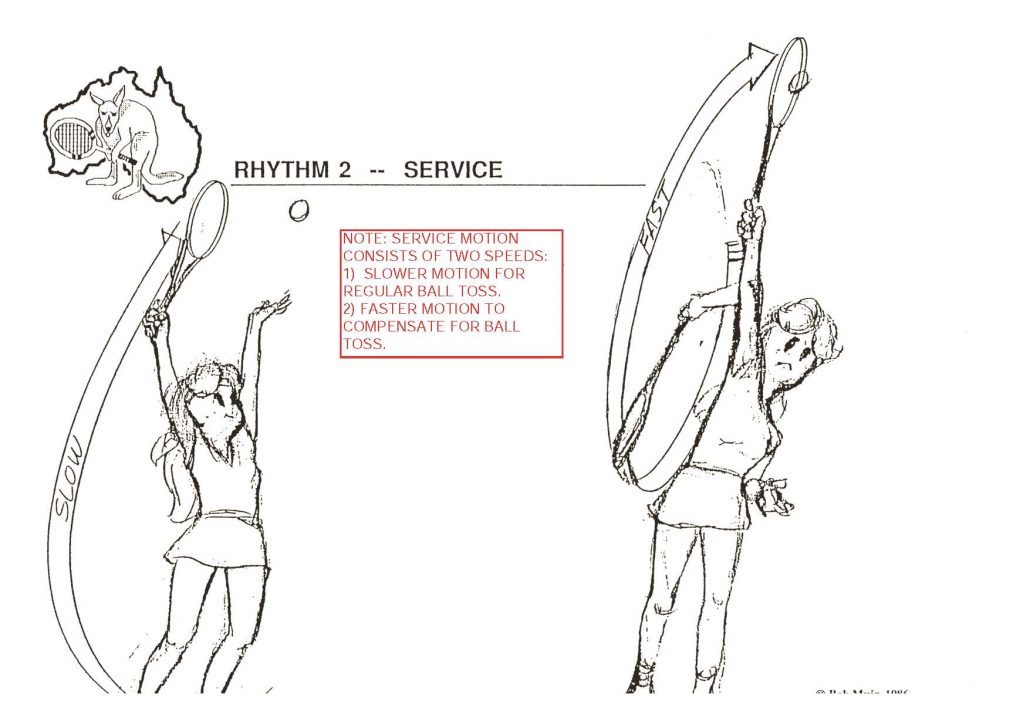
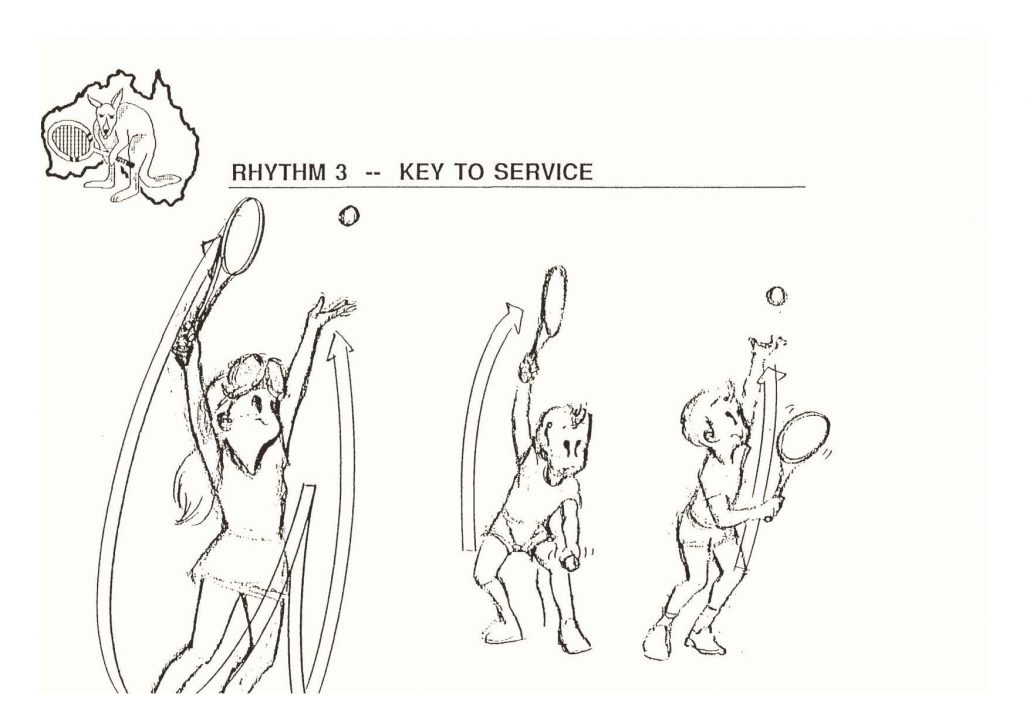
Ensure Consistent Ball Toss and Weight Transference.
VOLLEY ESSENTIALS
Tennis players often experience fear when they are positioned close to the net and are at risk of getting hit by a fast-moving ball, particularly in the head. As a result, the natural response is to turn the head away, which can be detrimental to the player’s success in volleys.
Unlike other shots in tennis, volleys require a continuous shift in vision from a parallel to a triangular focus as the ball moves closer. To excel in volleys, players must keep the ball in front of them in their field of vision and use their eyes to track the ball’s movement. It is important to avoid moving the head because this can disrupt the player’s rhythm and cause them to miss the next shot. Instead, players should rotate their shoulders to face the incoming ball and catch it in front of them. Practicing this fundamental volley technique has an 80% success rate and can significantly improve a player’s skills.
By following these tips, players can overcome their fear of being hit by a fast ball and increase their chances of success on the court.
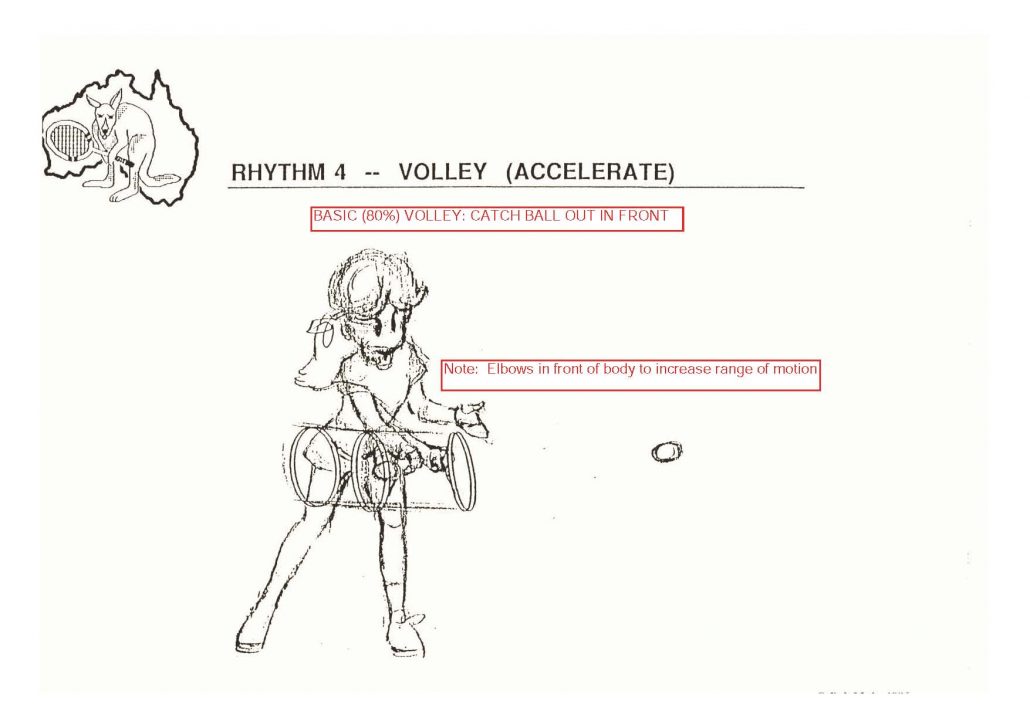
80% Volleys: Catch the Ball & Hold the Finish
STRATEGY ESSENTIALS
SECRET OF THE GAME: The player who hits the ball over the net and into the court the last time, wins the point!
The relative net height, from side line to centre line, can affect the effectiveness of different types of shots. For baseline groundstrokes, the net height is not a major factor. However, for approach shots and net groundstrokes, players must be aware of the net height to ensure they can hit the ball over it and into the court.
Knowing where you are on the court is also important, and players should use the Red/Green zones to determine when to defend or attack. This strategy can help them decide when to ‘pull the trigger’ and go for a shot.
Size is also an advantage in tennis, as taller players can hit the ball from closer to the baseline, using the ‘Ghost Line’ to their advantage.
The basic groundstroke is a cross-court stroke to take advantage of the lower net height in the center of the court, whether playing singles or doubles.
Controlling emotions is also essential in tennis, and players can use a 4/7/8 breathing strategy to cope with and manage their emotions on the court. Use a 4/7/8 breathing strategy to cope with/control your emotions. (See Angels & Demons on Court post)
Finally, players must determine their own type of game, whether it’s focused on power, movement, feel, or position. This personal challenge can help players to develop a playing style that suits their strengths and maximizes their chances of winning.
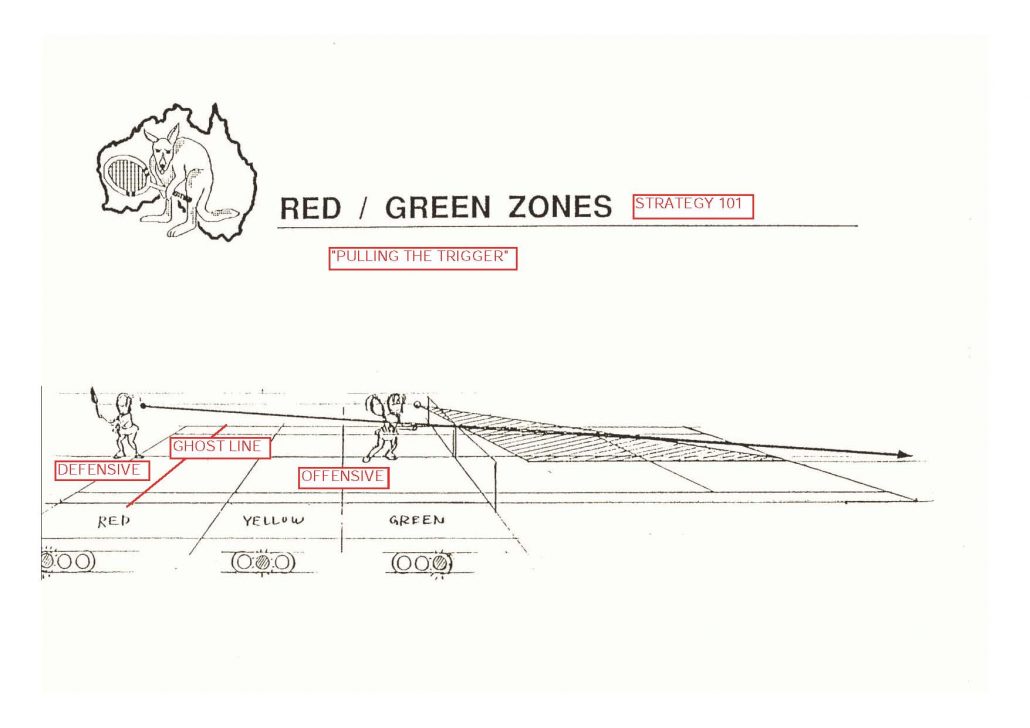
(C) MUIR TENNIS ACADEMY 2010-2023
